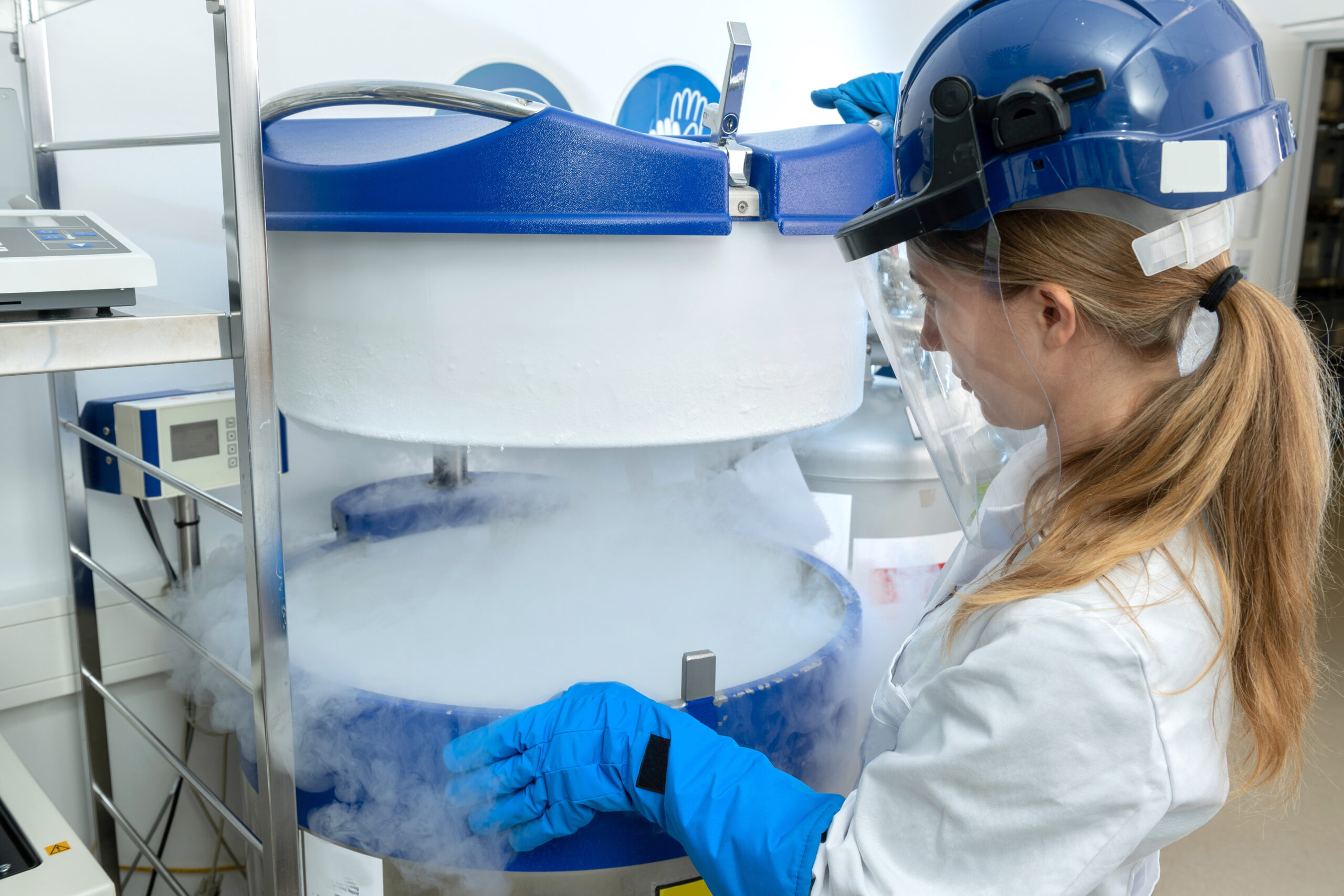The Benefits of Safely Working with LN2
Cryopreservation has been a game-changer in various fields of science, ranging from medicine to food processing. At the heart of this remarkable process is liquid nitrogen (LN2), a colorless, odorless, extremely cold substance, with a boiling point of -196 degrees Celsius. While there is no disputing the role of LN2 in preserving biological samples, its benefits go beyond just preservation. They extend significantly into the realm of safety, a fact that’s not usually the focal point in cryopreservation discussions.
First and foremost, liquid nitrogen’s extremely low temperature significantly reduces the risk of bacterial and fungal contamination during preservation. These microorganisms, which can compromise the integrity and quality of preserved samples, find it impossible to survive or multiply at the extremely low temperatures provided by LN2. As a result, researchers and clinicians can be confident that their preserved samples will maintain their original properties when thawed, minimizing safety concerns in downstream applications.
In addition to minimizing biological threats, LN2 is also non-flammable and non-explosive, which makes it a safer choice compared to other potential cryopreserving agents. Handling and storage are crucial safety aspects in labs, hospitals, and other facilities. With LN2, there is no risk of fire or explosion, which significantly enhances safety and reduces risk in these environments. Moreover, it allows for the creation of safer storage infrastructures, as facilities do not need to make special adjustments to accommodate flammable or potentially hazardous substances.
Another safety advantage of using LN2 is its inert nature. Nitrogen is a “sleepy” element that doesn’t easily react with other substances, making it a safe choice for preserving diverse types of biological samples, including cells, tissues, and even entire organs. This quality ensures that the samples’ inherent characteristics are not altered during the preservation period, ensuring the reliability of future research or medical procedures.
However, it’s important to note that while LN2’s properties confer substantial safety benefits, proper handling and use are essential. LN2 can cause cold burns and rapid freezing on contact with skin. It can also expand rapidly when it transitions from a liquid to a gas, which can potentially cause a pressure build-up in non-vented containers, leading to an explosion. The rapid expansion it is gaseous state can also displace oxygen in a room, so it is of the upmost importance to work in proximity to an oxygen monitor, and never in small enclosed spaces. Appropriate personal protective equipment (PPE) is crucial when working with LN2 and always adhere to recommended handling procedures.
The use of liquid nitrogen in cryopreservation is not only effective but also offers several inherent benefits. Its extremely cold temperature reduces the risk of contamination, it’s non-flammable and non-reactive nature make it safe to handle and store, and it keeps preserved samples in their original state. However, these benefits can only be realized if proper safety precautions are followed. So, while LN2 is a powerful tool in cryopreservation, it must be respected and handled with care to ensure the safety of those who use it.


No Comments